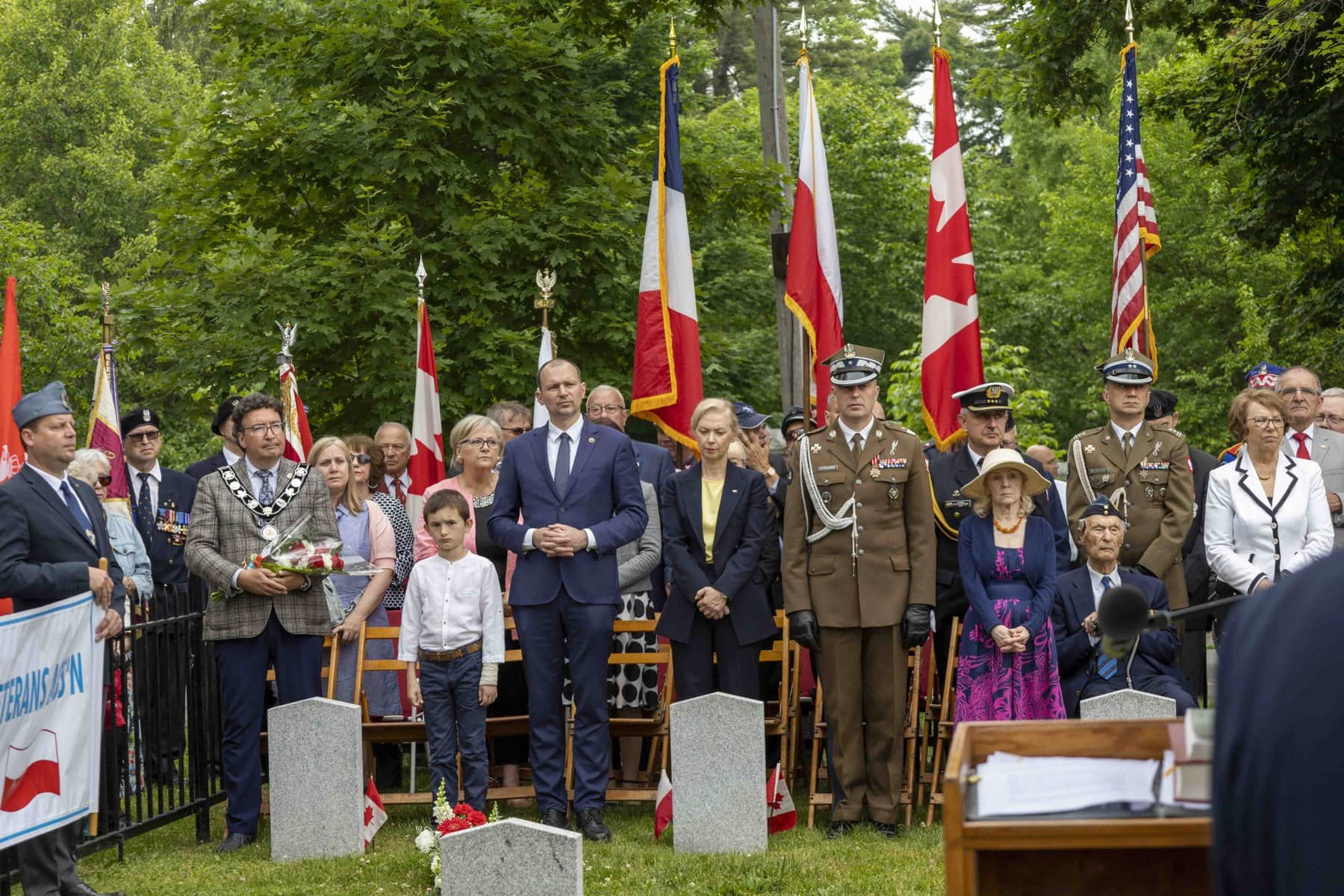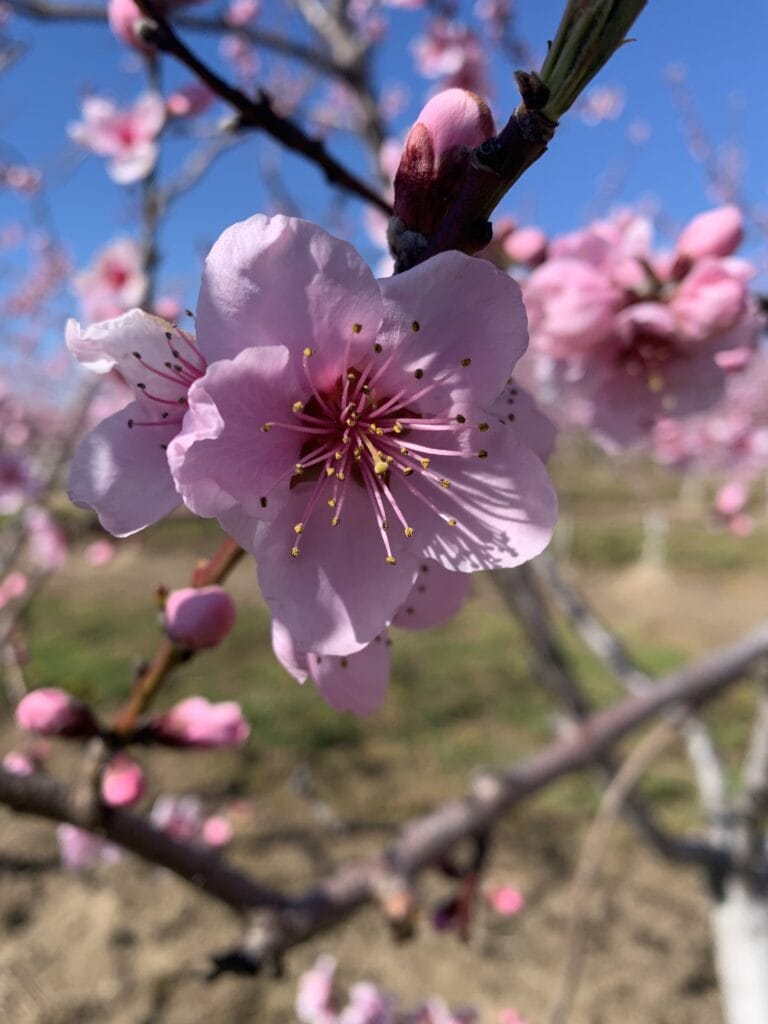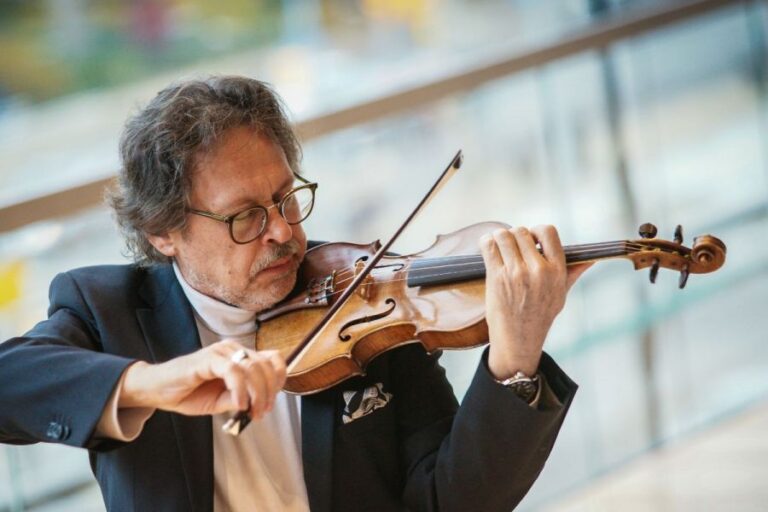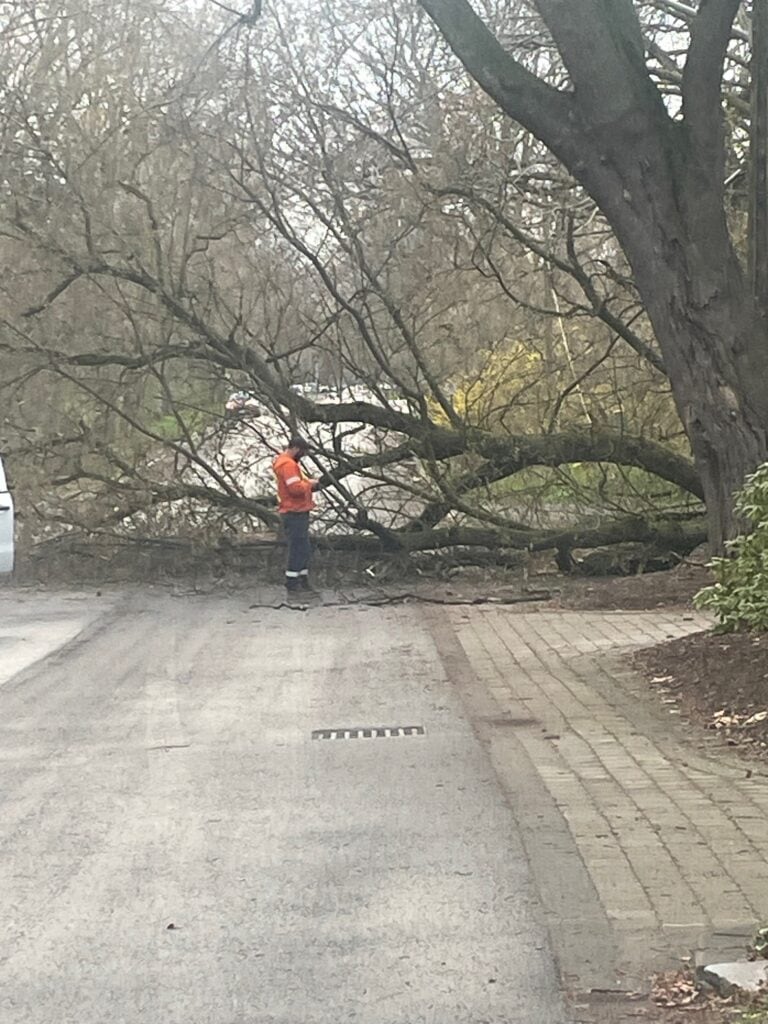A small plot of land at St. Vincent de Paul Catholic Church brought members of the Polish community from across North America to Niagara-on-the-Lake this past weekend for a day of remembrance.
A large crowd gathered at the church’s Haller Army Cemetery on Sunday to honour the Polish lives lost to the 1918 flu pandemic and the First World War.
This is the 106th annual pilgrimage, which falls on the second Sunday of June – often known as Polish Sunday.
Members of the Polish community across Canada and the United States like Witold Dzielski, the Poland Ambassador to Canada, and Magdalena Anna Pszczółkowska, the Consul General of the Republic of Poland in Toronto, gathered at the cemetery on Byron Street to pay their respects.
More than 60 scouts from across Ontario, a Toronto biker group called the White Eagles and Niagara-on-the-Lake’s Lord Mayor Gary Zalepa were also in attendance at the ceremony.
“I’ve been coming here for a long time because young people, you know, they give their life for the freedom of Poland (and) they were training here,” said Victoria Nawrot, the treasurer for the Canadian Polish Congress Niagara District.
This Niagara chapter of the Canadian Polish Congress organizes the ceremony every year.
Between 1917 to 1919, more than 22,000 soldiers of Polish descent came to Niagara from Youngstown, N.Y., to train with Canadian-Polish soldiers at Camp Kościuszko, known today as the Commons.
“They were from the United States, Canada, even from Brazil, and they were signing up to train to fight World War One for the freedom of Poland,” said Henry Soja from the Niagara Polish group.
In November 1918, the army assisted in the liberation of Poland, which was split into three parts owned by Germany, Russia and the Habsburg monarchy since 1795.
After 123 years, the country achieved independence.
Haller Army Cemetery is the final resting place of 25 of the 41 Polish soldiers who died of the 1918 influenza, also known as the Spanish flu, while training in Niagara.
Teresa Arnold, who grew up in Niagara-on-the-Lake and is Polish, would come to the cemetery every Polish Sunday. She visited with her parents, who are now buried at St. Vincent de Paul.
“It’s wonderful that it keeps the history of why this piece of land is considered Polish land,” she said.
Nawrot says people call the small plot of land “Little Poland.”
The pilgrimage also honours Elizabeth Ascher, a Niagara-on-the-Lake woman who was not only a journalist for The Standard, but one of the reasons the Polish cemetery at St. Vincent de Paul exists.
Ascher took care of the Polish soldiers during the influenza outbreak and later helped create the small cemetery where some of the soldiers are now buried.
According to the Niagara-on-the-Lake Public Library, soldiers called Ascher the “Angel of Mercy” because of all the aid and kindness she provided to soldiers.
“She was like a den mother to them, she took care of them when they were sick,” said Soja.
Ascher maintained the cemetery until she died in 1941. Arnold said her legacy wasn’t really celebrated until recently.
“I don’t remember that as a child being celebrated. It’s kind of nice that they bring that history out,” said Arnold.
Now, every year during the annual pilgrimage, flowers are laid on her grave site at the cemetery at St. Mark’s Anglican Church.











